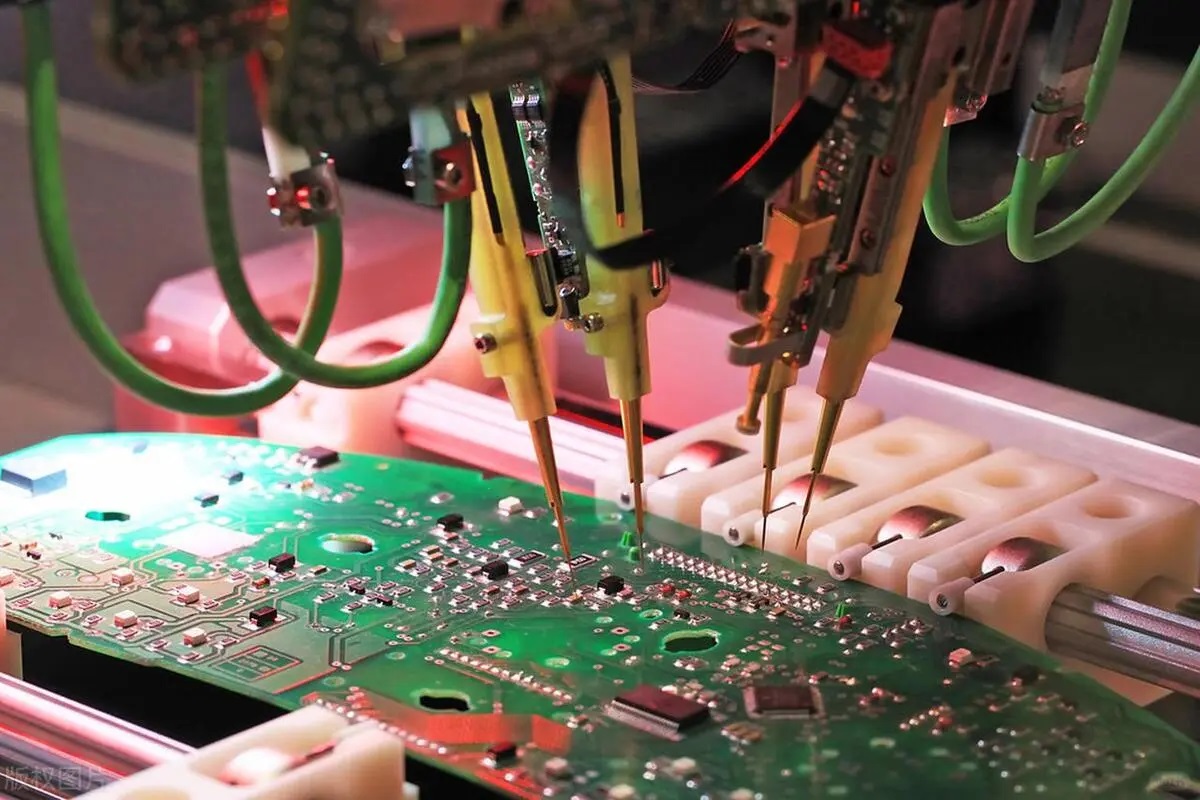PCB Coating Removal Technologies
In electronic manufacturing and maintenance, PCB (Printed Circuit Board) is one of the most critical components. To enhance the durability of PCBs, prevent corrosion, and improve electrical performance, coatings are often applied to PCBs. These coatings can include solder masks, protective coatings, conductive coatings, or insulating coatings. However, during PCB repair, rework, or reprocessing, removing these coatings becomes particularly important. The challenge is to effectively remove the coatings without compromising the integrity of the PCB while ensuring the safety of the removal process, which is a key concern for engineers and technicians.
Types of PCB Coatings and Removal Requirements
(1)Solder Mask: This is the most common coating, used to protect the PCB’s copper traces from oxidation, contamination, and physical damage.
(2)Protective Coating: This type of coating is used to protect the PCB from moisture, dust, and other chemicals.
(3)Conductive Coating: Some PCBs are coated with metals or conductive materials to achieve certain electrical functions.
(4)Copper Layer: A thin copper layer is often applied to the surface of the PCB to form the circuit.
In certain cases, these coatings need to be removed, especially during repair or rework operations. For example, if the solder mask is partially covered or damaged during soldering, it may need to be removed for cleaning and re-soldering. Similarly, if there is a need to reprint markings on the PCB surface, removing the original coating is necessary.
Common Methods for PCB Coating Removal
There are various methods for removing coatings from PCBs, typically chosen based on the type of coating, the purpose of removal, and the impact on the PCB. Below are some common PCB coating removal techniques:
1. Physical Scraping Method
The physical scraping method is a simple and direct approach. A small knife, scraper, or specialized PCB cleaning tool can be used to gently scrape off the silk screen. This method is suitable for shallow or non-fine markings on the PCB. However, great care must be taken to avoid damaging the PCB itself.
Advantages: Simple to operate, low cost.
Disadvantages: Can easily damage the PCB; not suitable for fine or deep markings.
2. Chemical Removal Method
The chemical removal method is one of the most commonly used techniques for removing PCB coatings. It involves the use of specialized chemical solvents to dissolve or break down the coating. Common chemical solvents include:
(1) Solvent-based Coating Removers: These solvents effectively dissolve solder masks and certain types of protective coatings. Common solvents include dichloromethane, acetone, and specific commercial coating removers.
(2) Acidic Solutions: For example, hydrofluoric acid or sulfuric acid can remove coatings without damaging the underlying copper traces on the PCB. Acidic solutions must be handled with extreme caution to avoid damaging the PCB.
The chemical removal method is efficient and relatively easy to use, but safety precautions must be taken, as exposure to corrosive chemicals can be hazardous.

Industrial Cleaning
3. Mechanical Removal Method
The mechanical removal method typically involves scraping, grinding, or polishing the coating. This method is suitable for situations where thicker coatings need to be removed or when minimal impact on the PCB is desired.
(1) Sandpaper and Steel Brushes: Using sandpaper or steel brushes to gently rub off the coating can effectively remove solder masks, but great care must be taken to avoid scratching the PCB or copper traces.
(2) Ultrasonic Cleaning: Ultrasonic cleaning uses high-frequency vibrations to remove coatings, making it suitable for small, irregular surfaces. The vibrations cause microscopic explosions that break down the coating.
Advantages: Effective for hard coatings.
Disadvantages: Can cause surface damage, particularly on precision PCB, leading to unnecessary destruction.
4. Laser Removal Method
Laser removal is a high-precision method that uses high-energy lasers to heat and vaporize the coating. Laser removal is not only fast but also highly precise, and it does not damage the PCB’s copper traces or other components. This method is ideal for situations requiring precise removal of coatings.
Disadvantages: Expensive equipment, requiring technical expertise. This method is typically used in high-end PCB manufacturing and repair processes.
5. Hot Air Gun Removal Method
A hot air gun is a commonly used tool for removing solder masks. The hot air softens the coating, making it easier to remove with a scraper or brush. This method is usually used for thinner solder masks and small PCBs.
Advantages: Low cost, easy operation, suitable for small batch production or repair.
Disadvantages: Temperature is difficult to control, so care must be taken to avoid overheating the PCB or causing burn damage.
Considerations During Coating Removal
Protect the PCB: It is important to avoid causing damage to other electrical components on the PCB. In particular, during chemical and mechanical removal processes, care must be taken to avoid scratching or corroding the PCB.
Safety: Some chemicals and equipment (e.g., lasers, acidic solutions) can be hazardous, so appropriate personal protective equipment should be worn, and the workspace must be well-ventilated.
Choose the Right Method: Depending on the type, thickness, and purpose of the coating removal, the appropriate technique should be chosen. Different coatings require different methods for optimal removal.
Removing coatings from PCBs is an important part of electronic manufacturing and repair. Mastering the right removal technique not only improves work efficiency but also ensures the long-term stability of the PCB. As technology continues to evolve, pcb coating removal techniques also improve, offering more options and optimizing the processes for the electronics industry.